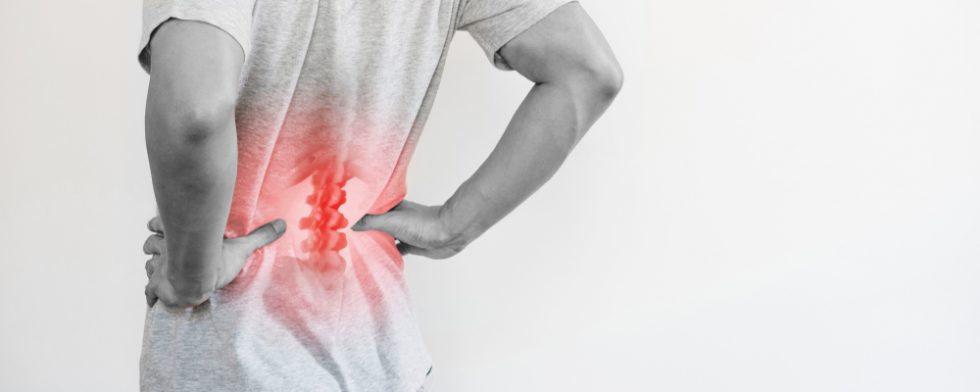Why Does My Lower Back Crack When I Twist?

It is actually normal for your back to crack or produce a popping sound whenever you stretch or twist. Your back might crack or pop on its own when you unintentionally or intentionally move in certain ways. This might be due to cartilage or ligament damage, osteoarthritis, or even deterioration of the synovial capsule surrounding the joints. When your back cracks on its own while you twist after an injury or surgery then it could be the result of some joint dysfunction. Particularly if there is the sensation of discomfort or pain, then it might be due to a torn ligament or a fracture. The cracking of your back quite resembles the cracking of other joints in your body, such as your shoulders, gingers, and neck.
The noise that appears when your back cracks or pops is due to the gas bubbles in the synovial fluid that lubricates the joints in your back. Putting strain on the fluid by twisting or stretching your back results in the release of these gases. The cracking sound is the result of carbon dioxide, oxygen, and nitrogen releasing from the facet joints. Moreover, the tendons, ligaments, and joints can also produce a popping sound when you move them in and out of their actual position. People having arthritis might experience their joints making grinding sounds due to the lack of enough cartilage.
The cracking of the lower back is a very common phenomenon among humans and might be due to the manipulation of facet joints in your spine in and out of their original position. Whenever you stretch or twist your spine, the facet joints move and align themselves – thus producing an audible pop or crack. There is also a grinding sensation along with a cracking sound which leads to sudden relief from pressure or stiffness. Back cracking, also medically known as “crepitus,” is a very common occurrence that might differ slightly for everyone.
The cracking of your back when you twist or bend is typically no concern and does not cause any harm or pain. There are two adjacent facet joints at every level of the spine, one on the left side and the other on the right side of each vertebra. Each facet joint has a bony protrusion reaching from the upper to lower vertebrae that stay connected through a network of ligaments and synovium. When a tight ligament pulls over a surface of cartilage, bone, or another ligament then it can create a snapping noise – resembling a joint crack.
Damaged cartilage present around a spinal joint can result in grinding, cracking, or popping. Cartilage might wear out with the increasing age or due to overuse of the joint and causes a grinding sensation, which similar to cracking sound. Synovial fluid surrounding each facet joint lubricates and allows the smooth movement of joints. When the synovial fluid is lesser in amount, then there is a reduction in smooth and comfortable movements by the joints. This change in the volume of the synovial fluid also leads to the cracking of facet joints.
